Montana Rifle Company Highline Rifle in 6.5 PRC
Montana Rifle Company is back in business!
feature By: Patrick Meitin | January, 25
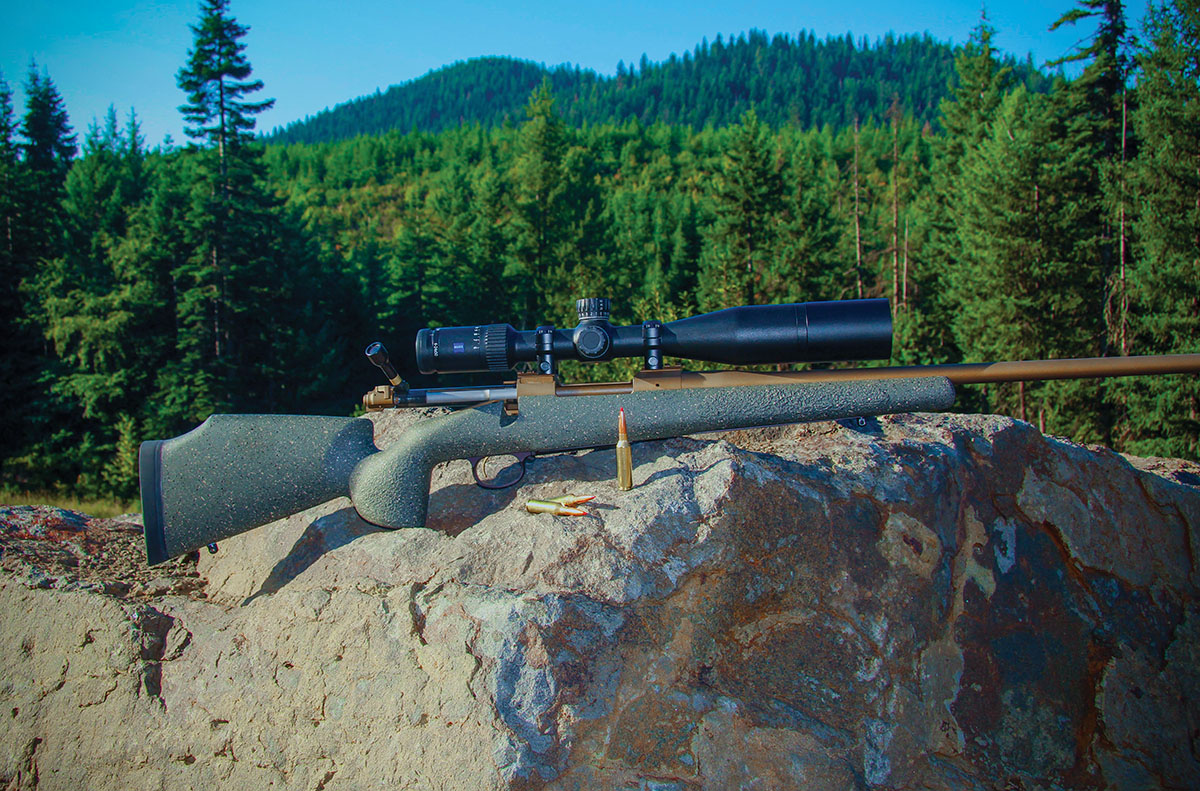
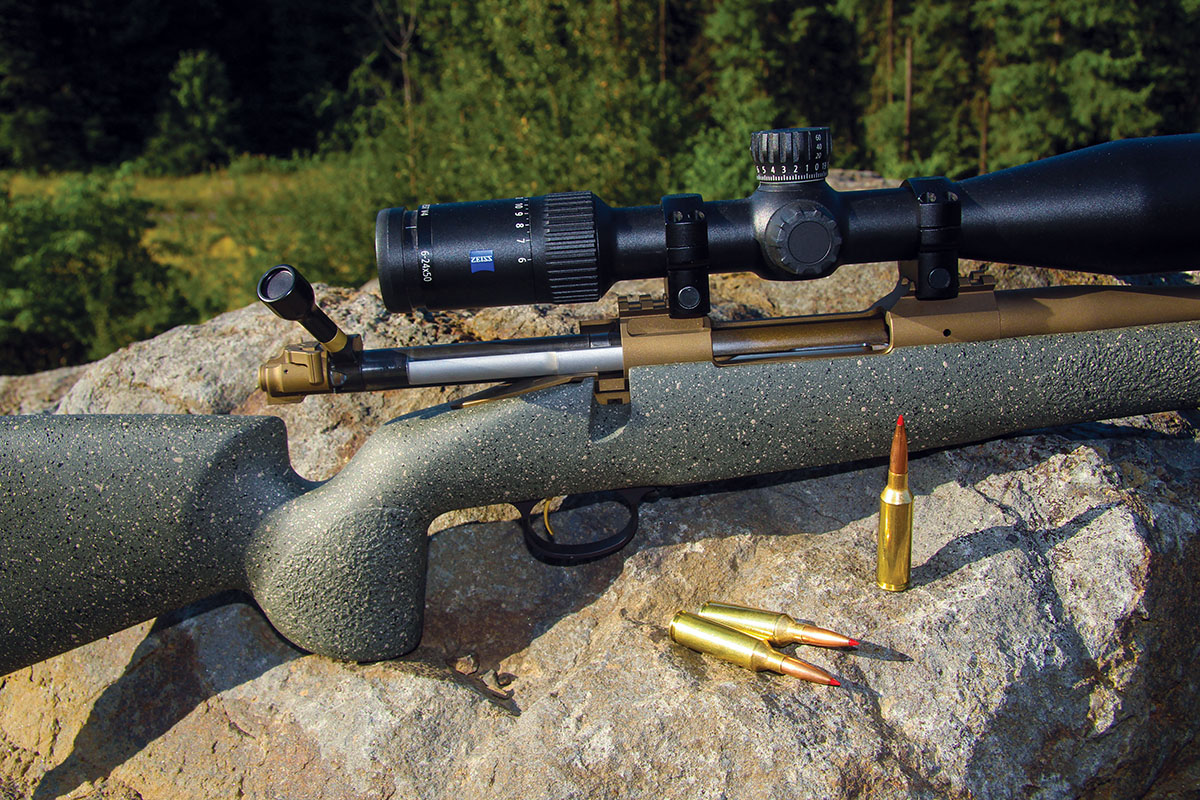
Grace Engineering in Memphis, Michigan resurrected the Montana Rifle Company (MRC), which had sadly been shuttered in 2020 and has been shipping rifles for about a year. Bowhunters might find the Grace name vaguely familiar, as G5 Outdoors and Prime Archery also operate under the company umbrella, archery companies renowned for manufacturing widely popular broadheads, archery accessories and compound bows. Grace Engineering, a third-generation precision machining manufacturer, has been in business for 50 years, including a good number of years producing components for several leading firearms companies.
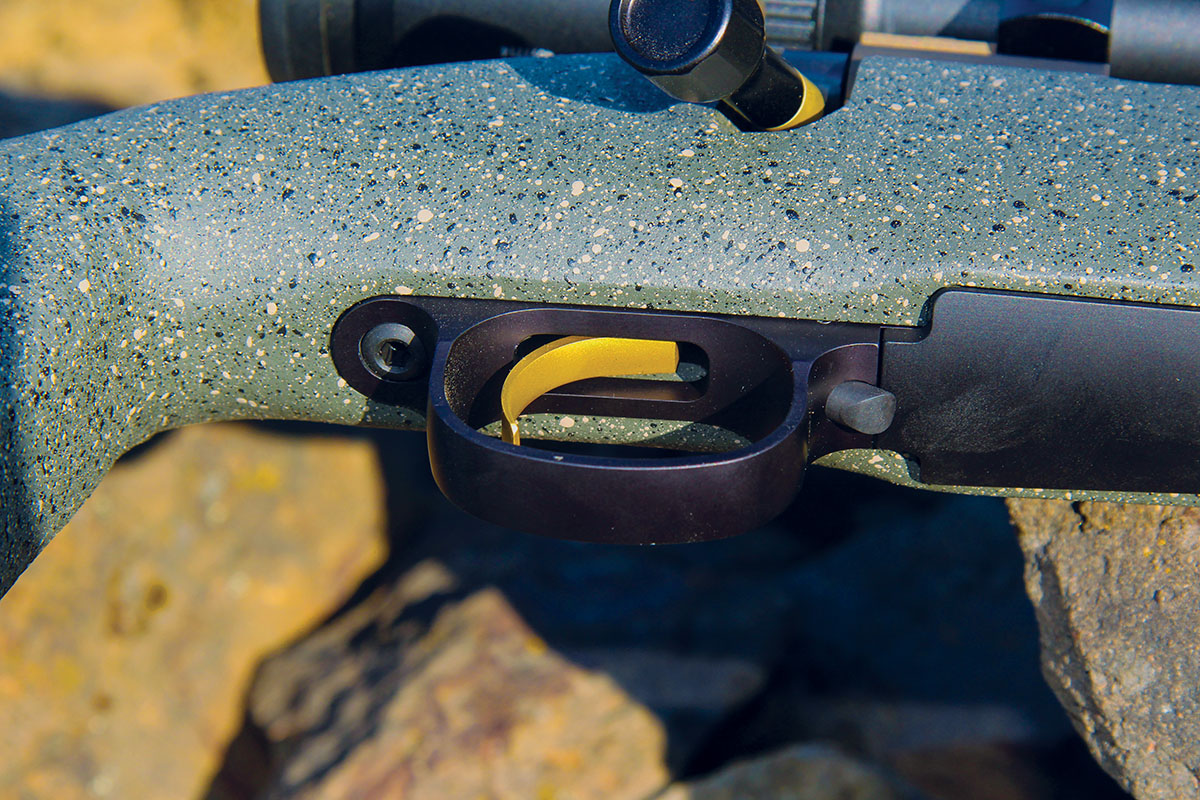
Grace Engineering resuscitated the iconic MRC brand with assistance from several longtime industry leaders, including Ronald Petty, MRC’s former CEO. Grace Engineering is a company tenanted by a bevy of precision-minded engineers, while also owning the type of modern machining equipment once lacking at MRC, preventing the original company from meeting overwhelming customer demand. Grace Engineering also has the pull to ensure uninterrupted raw material delivery, another failing of the original company and what eventually led to its demise during the supply-chain difficulties resulting from the COVID pandemic.
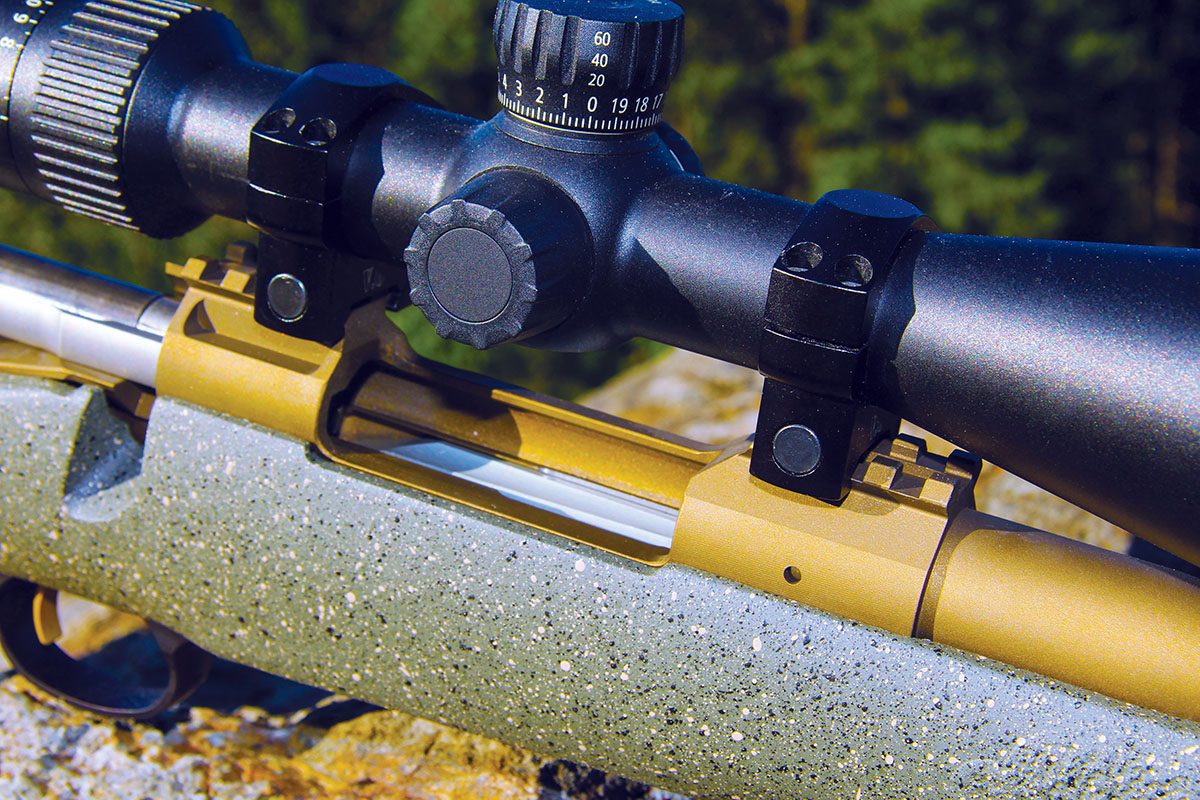
MRC enters a highly competitive marketplace, but the company’s engineering and manufacturing depth promise rifles that are innovative, aesthetically pleasing and consistently accurate. For example, while the rifle market increasingly embraces synthetics and aluminum chassis systems, one of MRC’s new rifles – the 7.5-pound Junction rifle – is based on a gorgeous high-grade walnut stock with graceful Monte Carlo
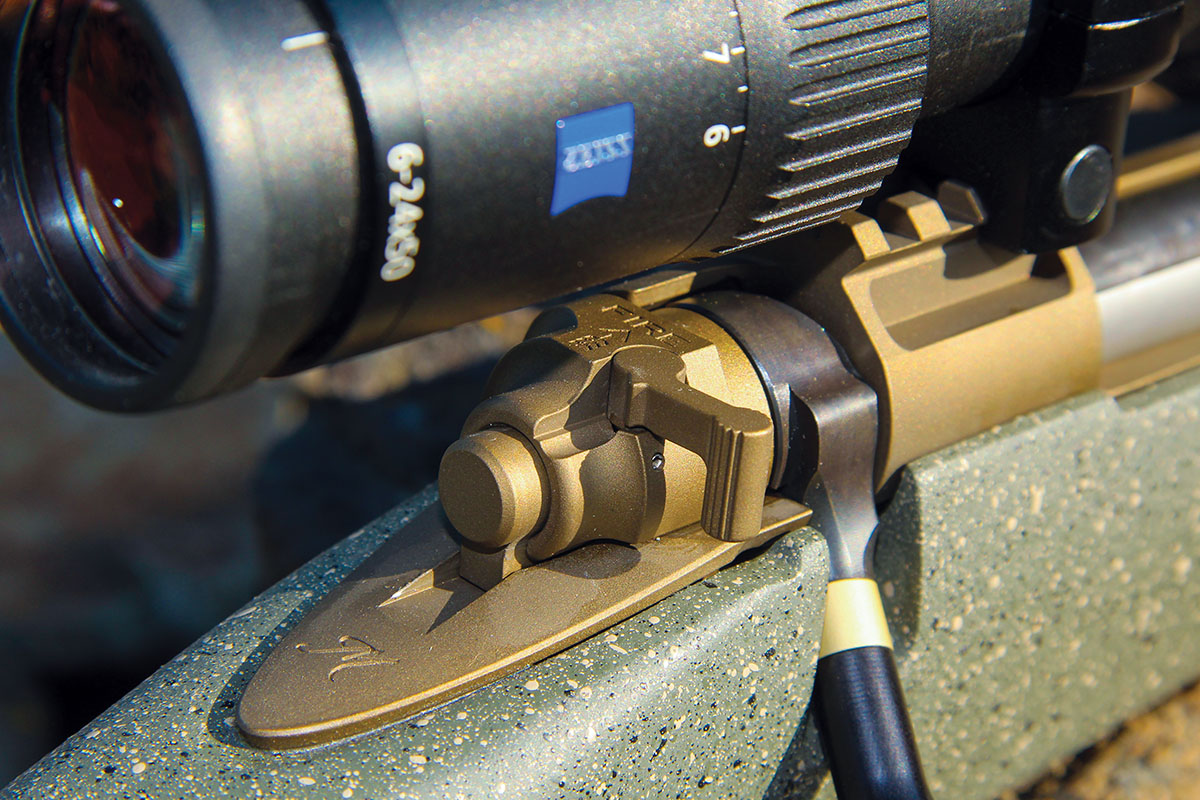
The topic of discussion here is the MRC Highline rifle, a contemporary version of the Junction. Instead of classic walnut, the Highline is bedded in McMillan’s lightweight and highly ergonomic
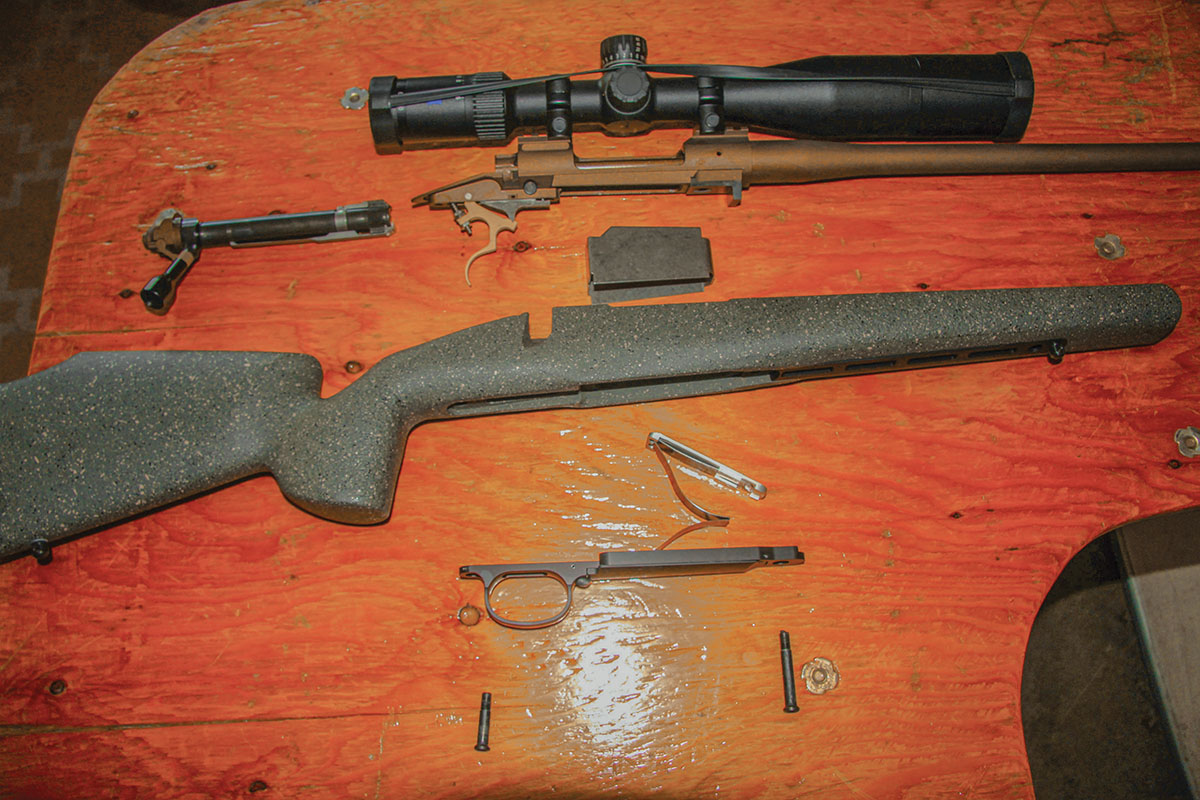
Highly refined, Mauser-style controlled feed systems have remained the centerpiece of MRC bolt action designs, the enhanced MRC 2022 design providing increased reliability and slimmer dimensions. This newer version includes the upgraded Adaptive Control Round Feed, which combines the attributes of both controlled and push feed systems. The design allows drop-in/single-round cartridge feeding (with just the slightest resistance while turning the bolt into battery) and complete round control when fed from the top-load magazine. It does this while retaining the stout and reliable claw extraction system of the original. The Mauser-style claw extractor is made from tool steel, and the extractor provides consistent, forward round ejection and smooth cartridge feeding. One thing was certain throughout testing: loading the magazine, feeding rounds into the chamber, working the bolt and ejecting spent cases all occurred without undue resistance or difficulties. This action is truly silky smooth and ultra-reliable.
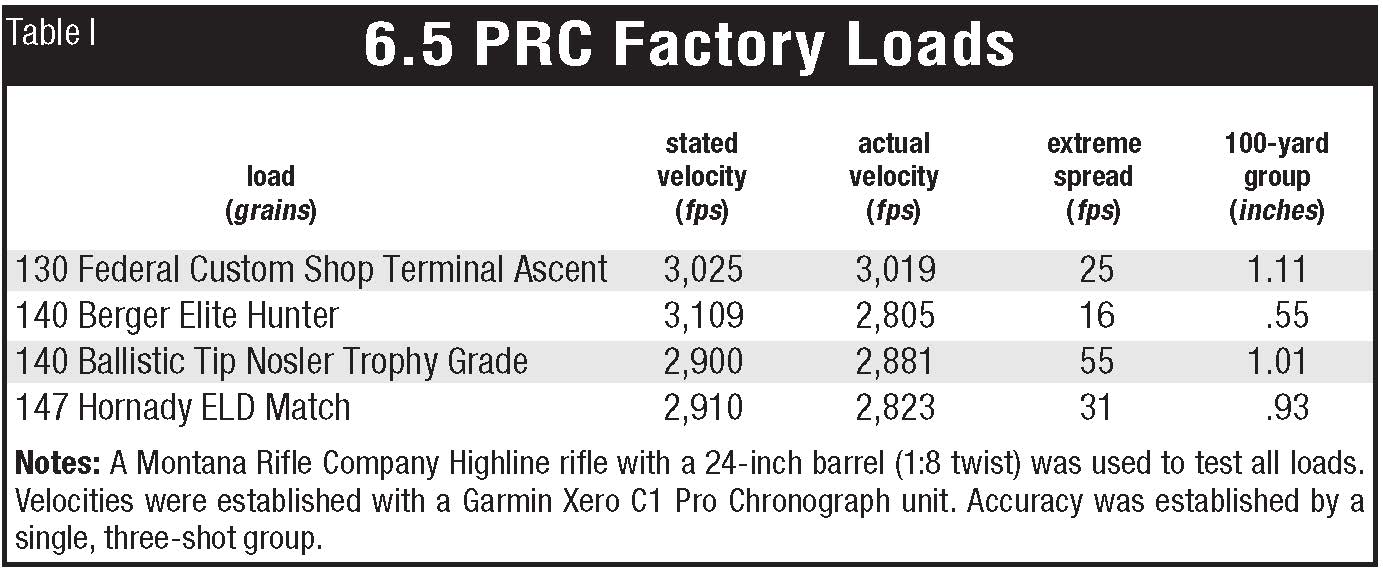
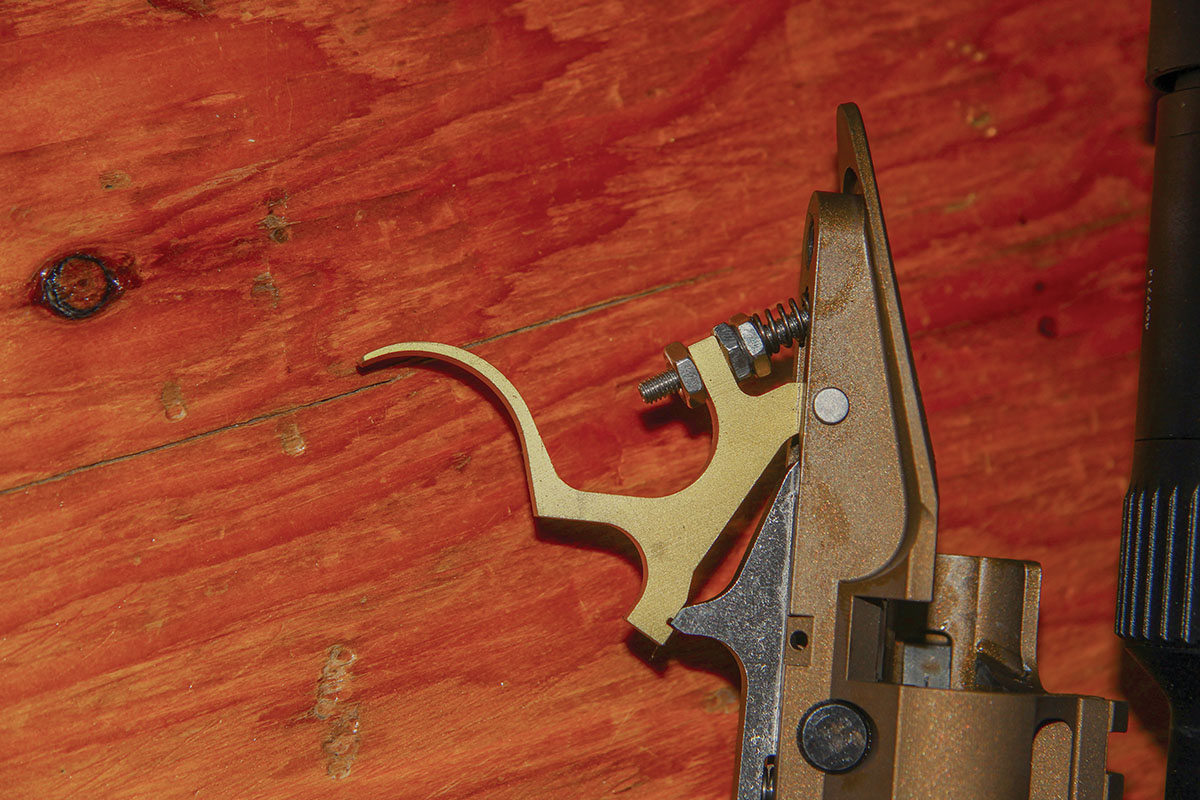
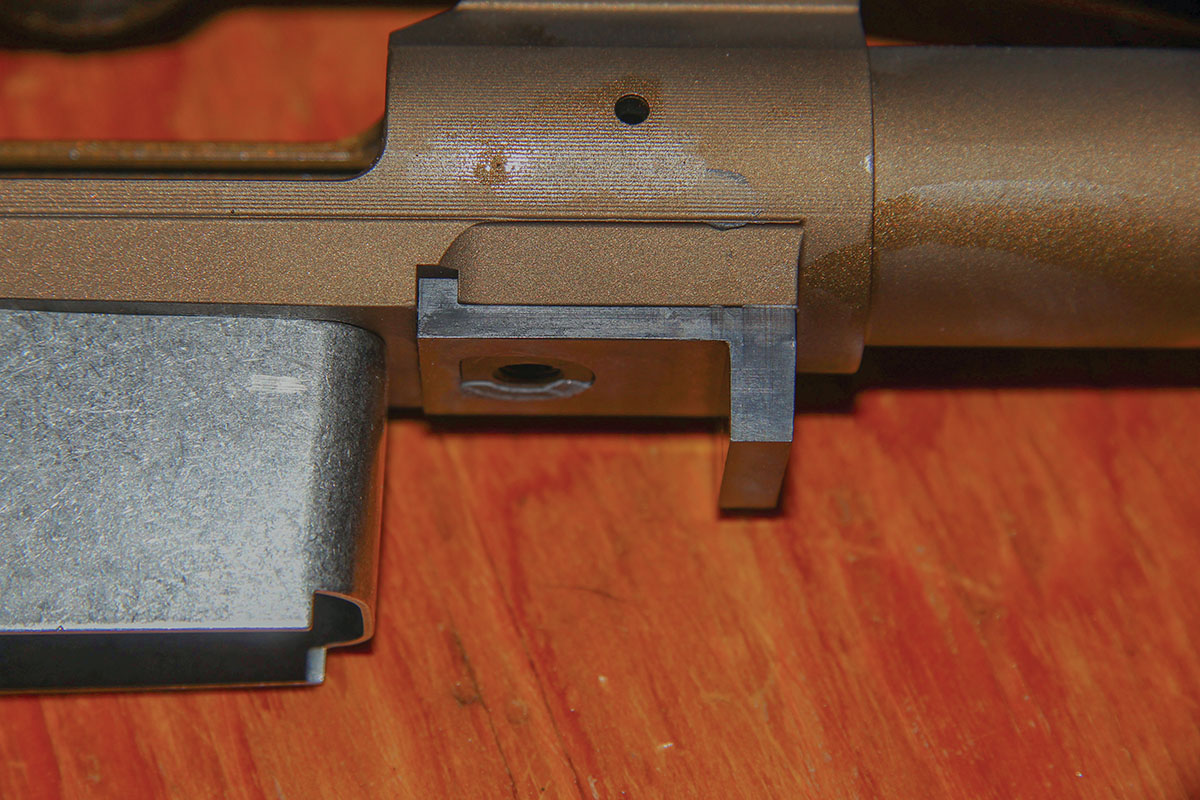
These actions are made in short (which the 6.5 PRC tested here used) and long versions. While some of MRC’s original machinery is still in use, a larger percentage has been replaced or updated to ensure tighter tolerances and consistency. MRC still utilizes a Mauser ’98-style barrel ring and feed cone, but the new 2022 receivers ensure parts remain 100 percent interchangeable, unlike past cast receivers that required hand fitting.
The milled MRC 2022 receiver includes integral Picatinny rail scope-ring mounting and three slots provided to each end of the ejection port. MRC says their controlled feed receiver is one of only a few that is machined from a 416 stainless steel blank. The 416 stainless material is stronger than standard stainless steel, the chromoly makeup providing an exceptionally high strength-to-weight ratio. The chromoly also provides slicker surfaces, which allows for smoother bolt cycling. The tool-steel recoil lug slots into the receiver at one end, includes a flat plate that the front action screw threads through, and the lug proper at the other end. This design saves material, milling time and money yet proves exceptionally effective.
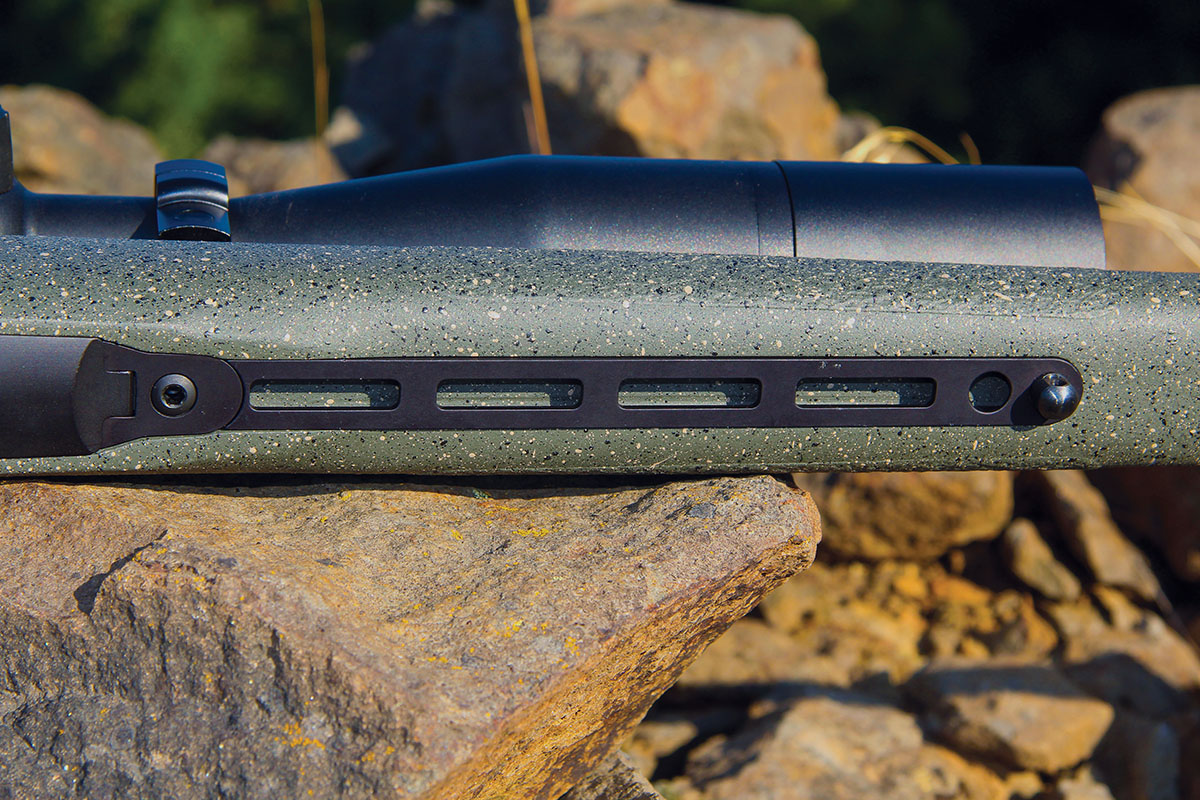
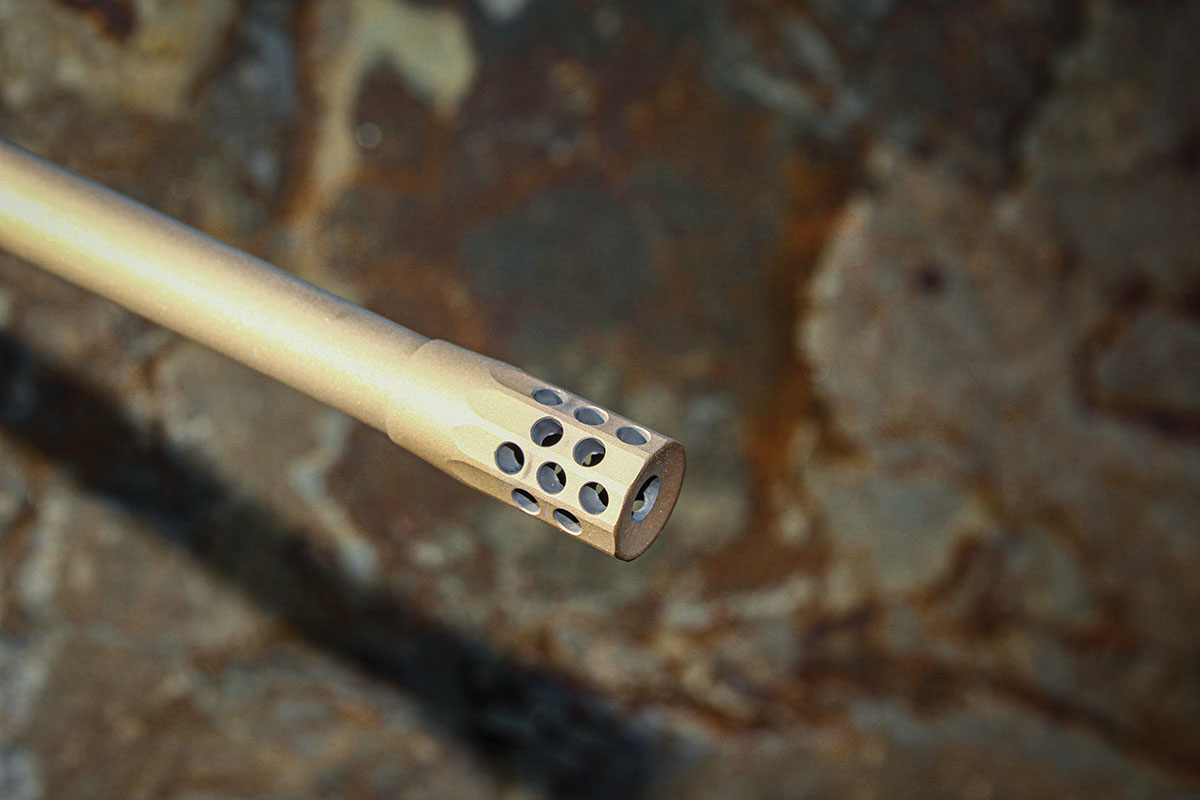
Of course, what truly sets this stock apart is the aforementioned patent-pending inset M-LOK rail. The licensed M-LOK interface includes both a traditional sling stud and QD socket and is milled from thick anodized aircraft-grade aluminum. This allows attaching streamlined M-LOK Pic rails, bipods or tripod-adaption systems. The test rifle also included a traditional sling stud in the butt. The stock holds an embedded aluminum block behind the recoil lug and the action is bedded front and rear using Devcon, a steel-impregnated epoxy that provides extremely high compression values. Aluminum pillars are
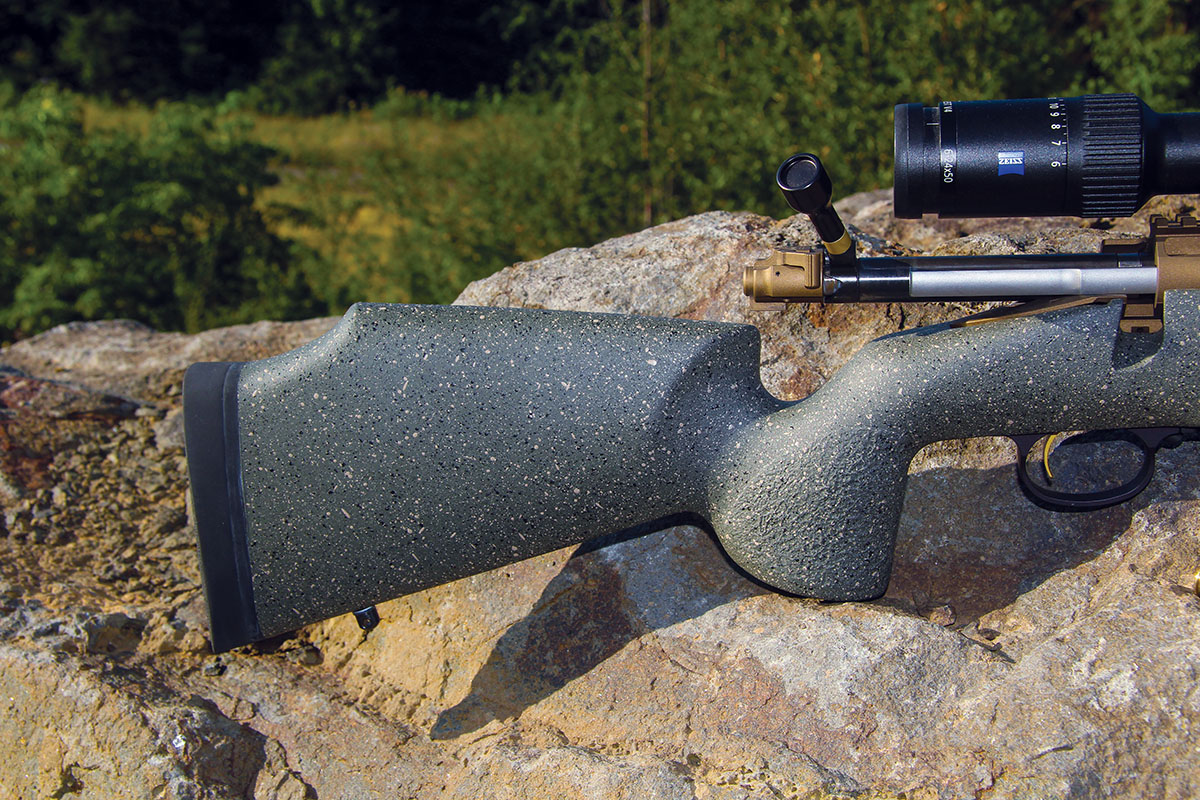
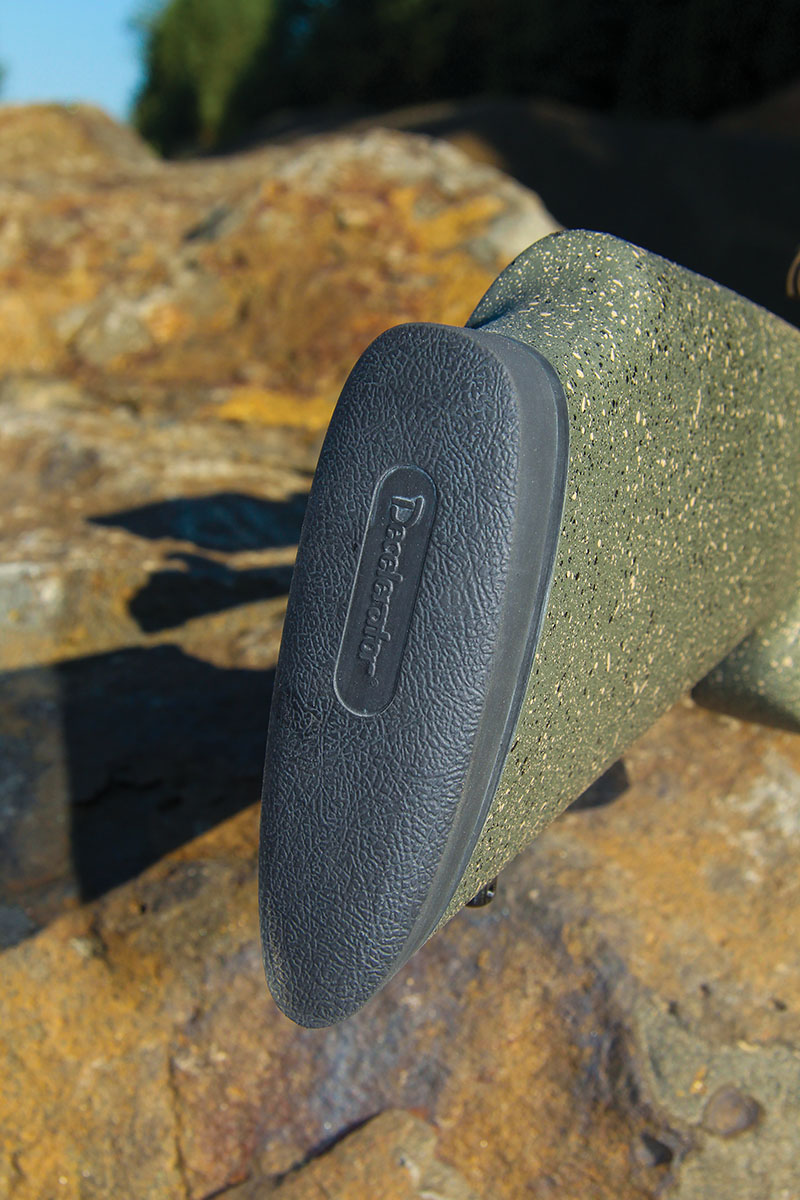
The trigger guard and bottom metal are just that, metal. These parts are milled from lightweight aluminum, including a hinged floor plate to allow instant mag dumps. This is a four-piece system (aside from the release mechanism and mounting bolts), including the trigger guard, magazine well frame, hinged floor plate and extended M-LOK rail. The hinged floor plate is released via a simple, non-knurled button found in front of the trigger guard. The trigger guard is anchored to the floor plate with two internal stainless steel screws and the front of the rail is held in place by the sling stud. The two action screws include deep hex heads for positive engagement to prevent buggering. In the fat 6.5 PRC cartridge, the top-load magazine accepts three rounds.
A left-side rocker tab releases the bolt for withdrawal. Point the muzzle upward, depress the vertically knurled tab and the bolt drops right out. Returning the bolt doesn’t require depressing this tab. The bolt includes twin lugs and the claw extractor already described. Fired rounds were tossed about 25 degrees forward of the shooter.
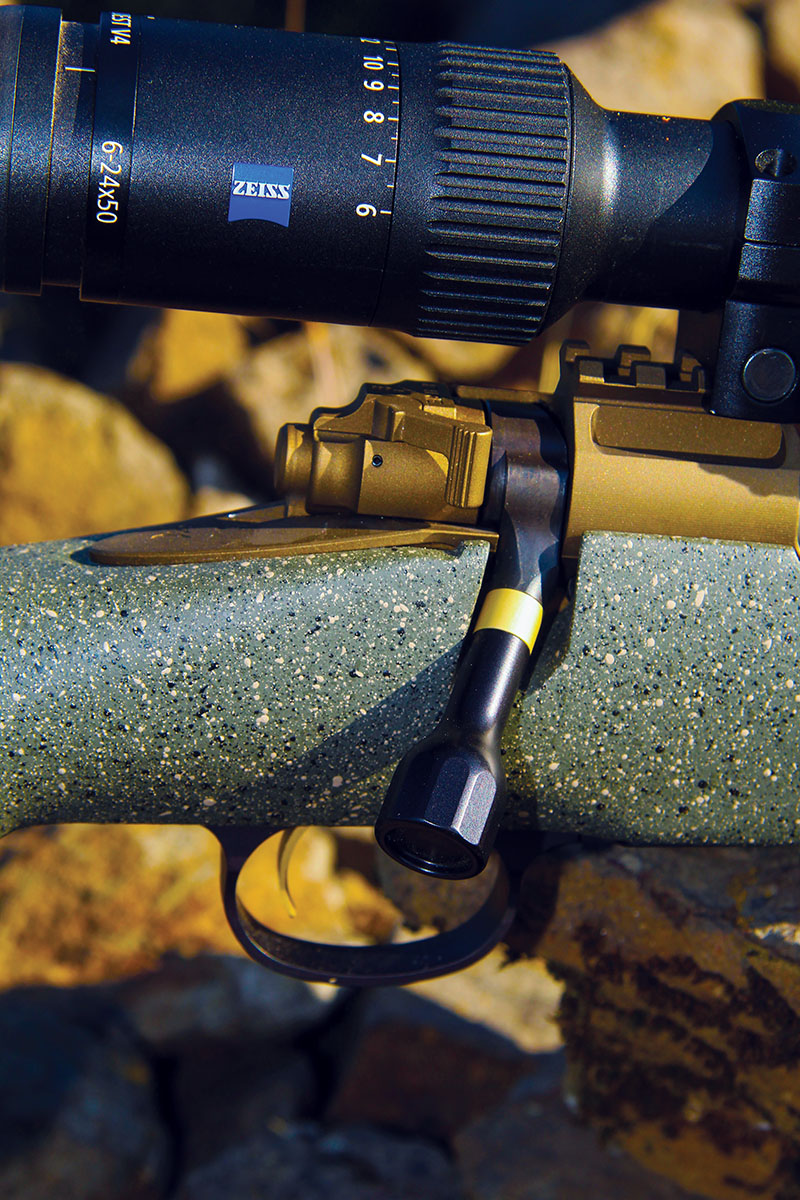
The bolt-shroud safety is a three-position system based on a swinging knurled tab, reminiscent of the ’98 Mauser or early Winchester Model 70s. This is an arrangement I’m normally not overly fond of, as those I’ve used were sticky and/or ratchety. That said, I experienced no problems with this buttery-smooth version. Grace engineers put some work into this safety, something a new MRC shooter is sure to notice when comparing it to an older model. The safety blocks the firing pin and allows the opening of the bolt with the safety engaged. Pulled completely rearward, both the firing pin and bolt are locked. Moving the tab to the middle position locks the firing pin but allows the bolt to be worked for safe unloading. The tab is pushed completely forward to fire.
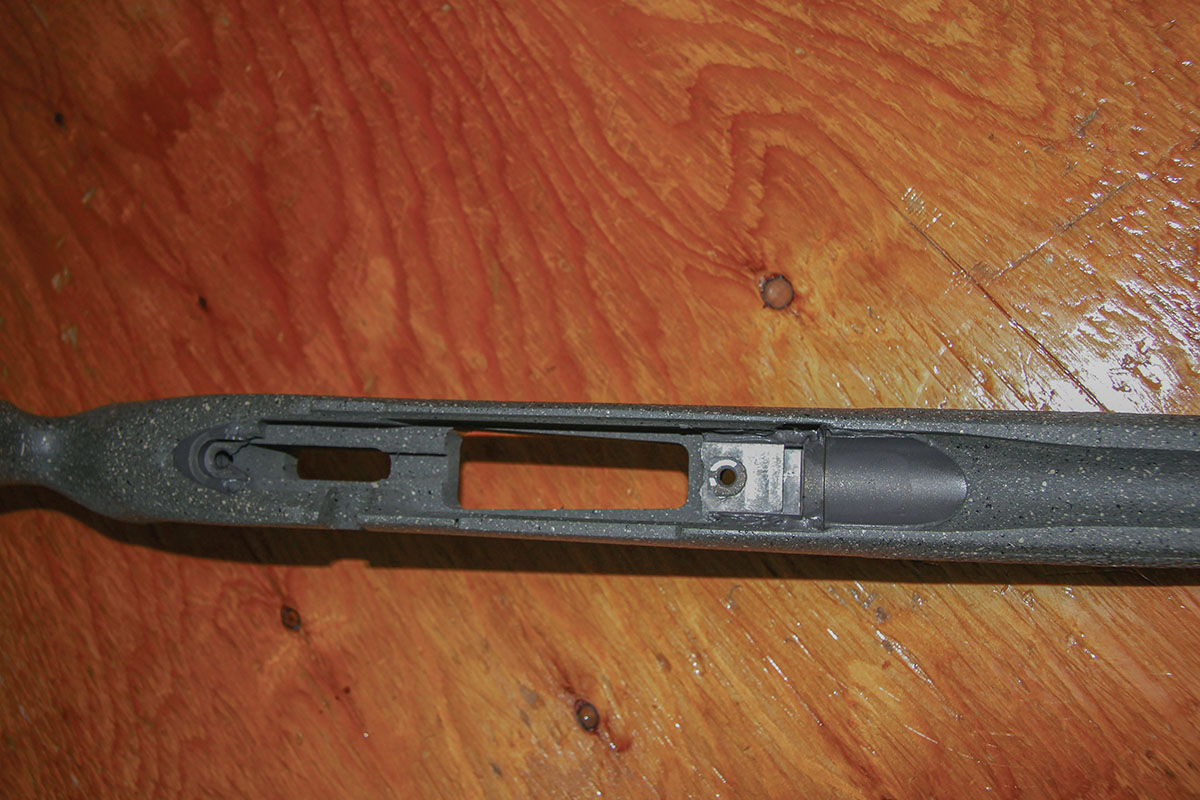
MRC made its reputation on hand-lapped, button-pulled barrels, which are touted to provide faster break-in and good accuracy. All new MRC barrels are 24 inches long, of sporter weight and threaded to accept a brake/suppressor. These barrels are manufactured in-house using the same equipment and methods as the original Montana Rifle Company. In the 6.5 PRC tested, the rifling twist was 1:8, stabilizing any 6.5mm bullet offered today, including long-for-caliber VLD/ELD-style projectiles. A threaded radial muzzle brake and thread protector are supplied. The brake includes abbreviated flats holding alternating/wrap-around two- and three-hole ports. In all honestly, in the high-pressure 6.5 PRC chambering tested, this brake proved pretty damned obnoxious – my only real complaint while shooting this rifle. Only a couple of shots were required to send me digging for foam earplugs to wear beneath my muffs.
But then, between the brake, Decelerator recoil pad and McMillan stock ergonomics, shooting the 6.5 PRC from the Highline proved quite pleasant recoil-wise. Add a suppressor and this rifle would prove a pussycat.
MRC’s trigger was inspired by Winchester’s pre-’64 Model 70. The Highline’s trigger is straight forward and easy to adjust, created from quality tool steel using precision wire EDM cutting techniques. The rifle arrived from the factory with a 3-pound trigger pull – ideal for a hunting rifle, in my estimation - but can be dialed down to 2 pounds if desired.
The 45.25-inch Highline rifle chambered in 6.5 PRC, hit the scales at 6.8 pounds out of the box. After mounting a Zeiss Conquest V4 6-24x 50mm scope in Warne Mountain Tech medium-height rings, the finished weight came to a mountain-ready 8.97 pounds – and again, without kicking the snot out of me. More weight savings yet could be realized by adding a more streamlined optic, say something with 16- to 18-power top-end magnification.
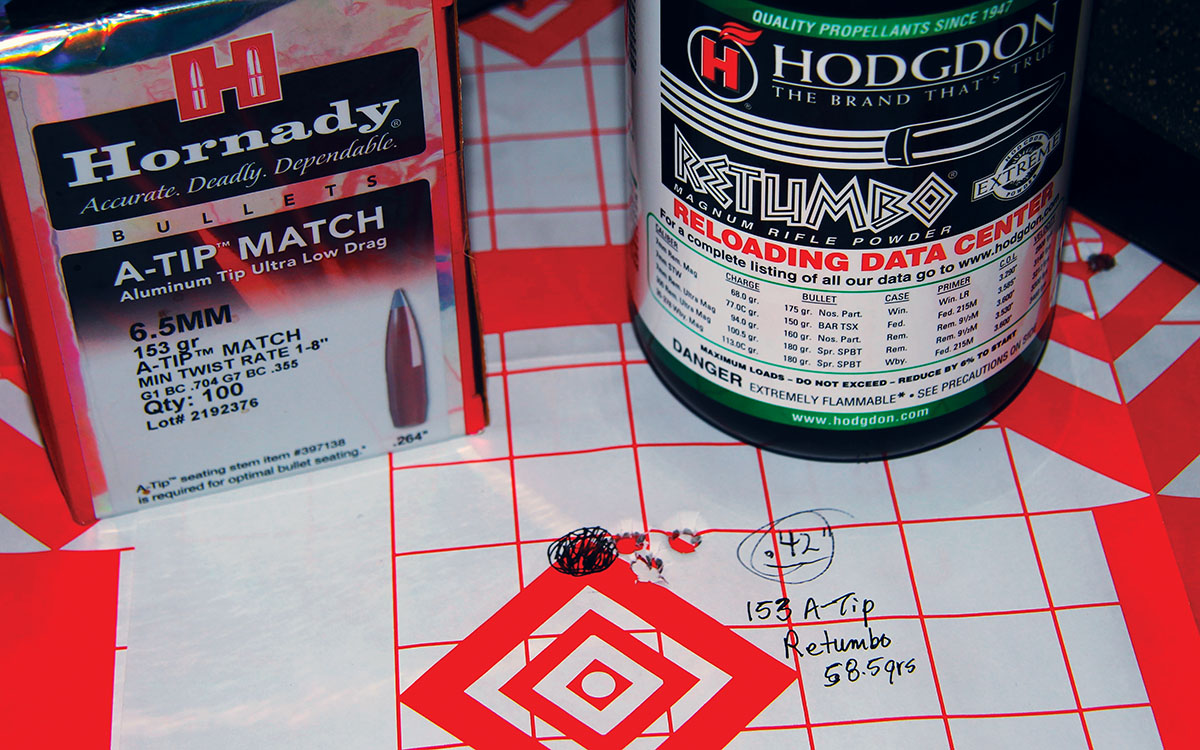
Berger’s 140-grain Elite Hunter proved the best of the factory loads, printing three shots into .55-inch at 2,805 fps and including an extreme velocity spread in the teens. The best handload involved Hornady’s 153-grain A-Tip Match seated over 58.5 grains of Hodgdon Retumbo. That three-shot, 100-yard group, measured .42-inch at 2,896 fps. Hornady’s 143-grain ELD Match factory load, handloads made from Hammer Bullets’ 124-grain Hammer Hunter over 62.5 grains of Ramshot Grade and Berger’s 135-grain Classic Hunter over 56.5 grains of Alliant Reloder 26, produced sub-MOA groups.
The Grace family are passionate hunters who deeply cherish hunting traditions, including rifles. This inspired their Legacy Warranty Transfer program, enabling Montana Rifle Company owners to complete a simple form to transfer ownership – and full warranty protection – to a new owner.
It’s nice to see Montana Rifle Company rise from the ashes. The company is undoubtedly in good hands with Grace Engineering, which will ensure it not only survives, but also thrives through precision engineering, manufacturing and continual upgrades.



